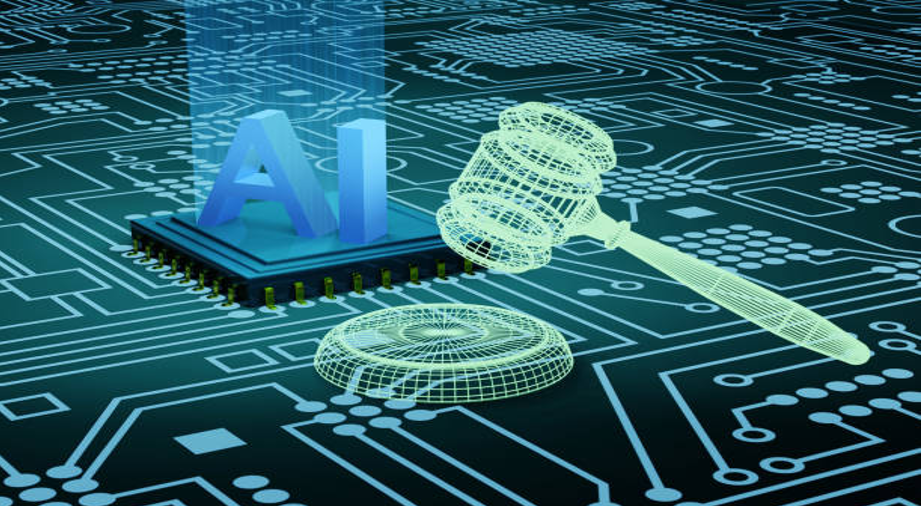AI’s transformative potential is undeniable, but there are several sectors where its application is limited or requires significant human oversight. Here’s an overview of these sectors, supported by real-world examples and insights:
1. Mechanical Field
- Challenges: AI struggles with tasks requiring fine motor skills, adaptability, and real-time problem-solving in unpredictable environments.
- Example: In precision machining, human expertise is essential for adjusting to material inconsistencies or unexpected machine behavior. AI-driven systems often lack the nuanced understanding required for such tasks](https://www.mckinsey.com/capabilities/mckinsey-digital/our-insights/where-machines-could-replace-humans-and-where-they-cant-yet).
2. Quality Assurance
- Challenges: AI’s “black box” nature can make it difficult to ensure transparency and accountability in quality assurance processes.
- Example: AI models in software testing require vast amounts of high-quality data for training. However, many organizations lack sufficient historical data, leading to unreliable defect detection.
3. Medical Sector
- Challenges: While AI excels in diagnostics and data analysis, it cannot replicate the empathy, ethical judgment, and adaptability of human healthcare professionals.
- Example: AI can assist in diagnosing diseases but cannot replace surgeons who need to make split-second decisions during complex procedures.
4. Trade and Skilled Labor
- Challenges: Jobs requiring physical dexterity, creativity, and interpersonal skills remain resistant to AI automation.
- Example: Electricians and plumbers rely on hands-on problem-solving and customer interaction, areas where AI falls short.
Figures and Insights
- A McKinsey report highlights that while 45% of work activities could be automated, only 5% of occupations can be fully automated](https://www.mckinsey.com/capabilities/mckinsey-digital/our-insights/where-machines-could-replace-humans-and-where-they-cant-yet).
- In quality assurance, integrating AI often requires extensive data preparation and human intervention to ensure accuracy.
These examples underscore the importance of human expertise in complementing AI, rather than replacing it.



